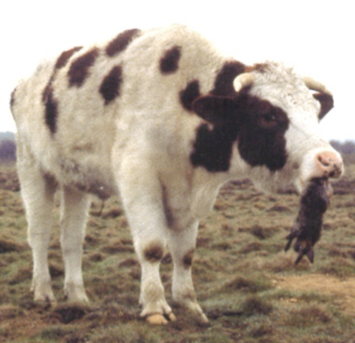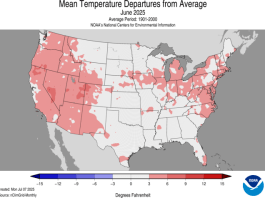Since we’re talking grazing charts and planning this week, here’s a critical step: figuring how many animals your land will support. We’ll walk through the process with our “Grazier Guy,” brought to us by our own Grass Whisperer, Troy Bishopp.
Think of your pastures as feed inventory – like a barn full of hay. No hay in the barn, No options. If you overstock your pastures, like the fellow below,
Our Grazier Guy knows that we can do better than this.
He’s seen that management can make a lot of difference
Step 1: How much feed do animals need?
Here is a form that I use every day and with all kinds of farmers and ranchers. To download the form shown below, click here.

Yes, animals will eat more or less than 3% of their bodyweight and yes your land will produce more or less depending on your fertility levels, management, weather and a myriad of factors but we have to get baseline knowledge, especially if you’re a new farmer.
Step 2: How does my soil type affect forage quantity?
The next part of the form lets you use your soils information as a way to figure out how your soil types will affect forage production.
Since this form was originally developed for the New York area, you’re seeing information for that climate and soils type. If you’re somewhere else, a great place to find out about your soils and what they can produce is the Natural Resources Conservation Services “Web Soil Survey” online tool to find out your soil types and get estimates of forage production. This tool will actually tell you how much forage your land might produce in drought, in normal years, or when it’s extra wet. Here’s an On Pasture article with instructions for using it.
You can also try to estimate the amount of forage you have by looking at your pastures.
Here are some pictures from my area of New York to give you an idea of how much forage might be in your pastures.
Step 3: Combining animal requirements and pasture production
Here we look at how much your animals need, how much your pastures produce and how many acres that means you need per day, depending on how often you want to move your livestock.
This part of the form helps you figure out how many days of rest your paddocks might have, once you fill in the acreages you got when you were mapping your place. This is what the form looks like when it’s filled out for the Bishopp Family Farms.
Now, here’s an equine example. Just click on the picture to see it larger so you can look at all the details.
I know this form seems too simple, but it’s a start/ballpark. It has yet to fail me after all these years.
Kathy Voth, your On Pasture editor, adds another step
Step 4: Uh-oh, your pastures can’t produce enough for the animals you have!
What are you going to do?
You could overgraze. The problem with this is, over time you’ll kill your pastures, you’ll increase erosion, you’ll lose your soil, and the number of animals you can raise will decrease even more.
You could feed hay. Feeding hay is not a great way to make a living. It’s hard to recoup the cost of that hay when you sell your animals later.
You could find a place to put some of your livestock. Perhaps there’s someone near by that will lease pasture to you.
You can sell some of your animals. Start by culling those that cause problems, have had health issues in the past, or don’t reliably produce offspring.
Reducing the number of animals may seem hard. But remember, you’re investing in the health of your pasture and your future. By taking care of your pastures now, they’ll be able to produce more in the future, potentially increasing the number of animals you can sustainably support.















Uh oh, sorry to say there is technical difficulty with forages.org. This website is critical for grazing plan development and the programmer is not responsive to repairing. Please add your comments if you’d like to see this essential tool fixed! I will share the feedback.
Comments are closed.